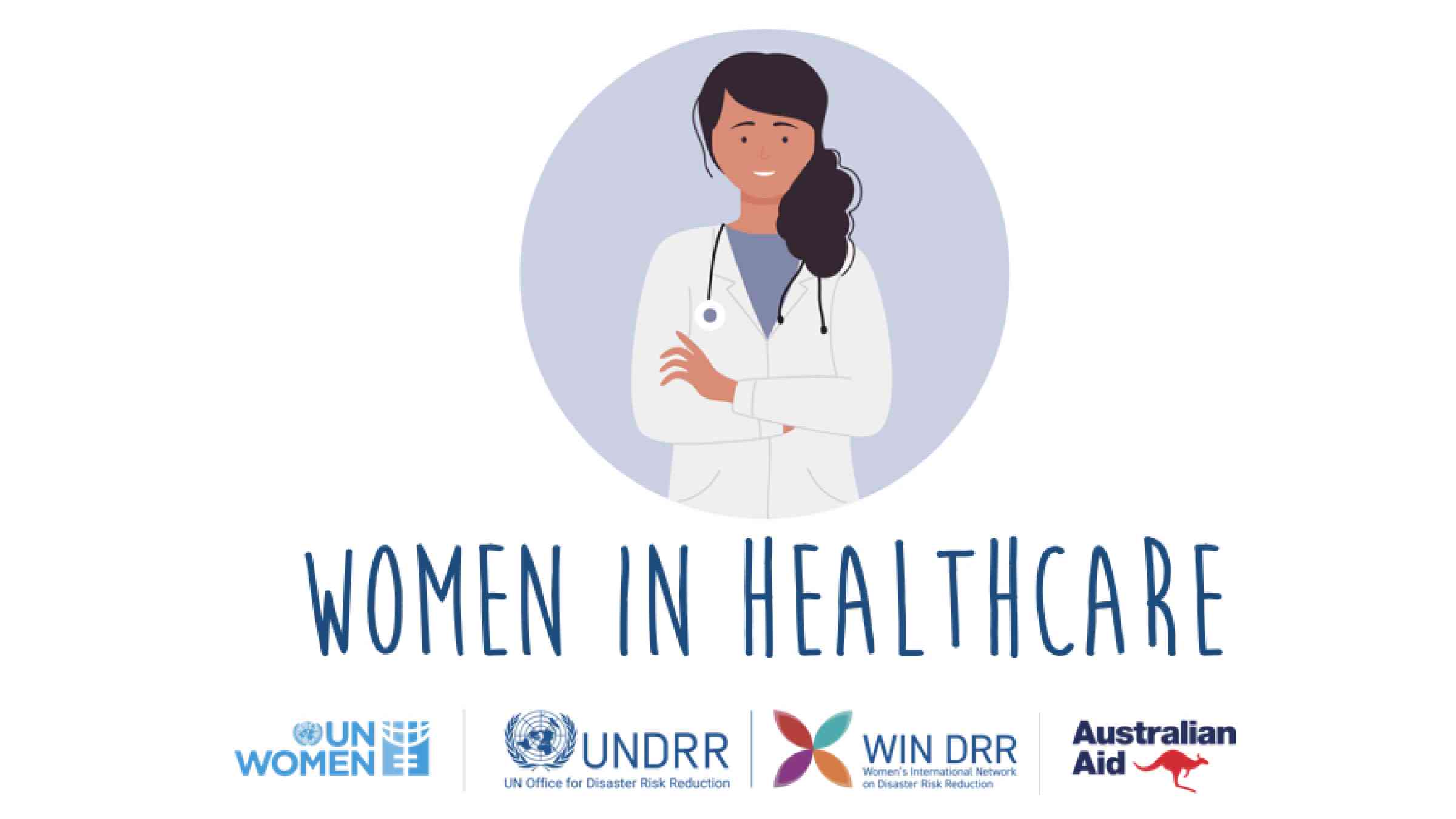Just How Healthcare RCM Solutions Streamline Payment and Collections
Just How Healthcare RCM Solutions Streamline Payment and Collections
Blog Article
A Comprehensive Guide on How Healthcare RCM Functions to Enhance Billing and Collections
Browsing the complexities of healthcare earnings cycle administration (RCM) is vital for carriers aiming to enhance their invoicing and collections procedures. The overview unboxes the details of RCM, from client enrollment to receivables monitoring, offering insights into maximizing each action. Integrating sophisticated innovation and standardized procedures can significantly lower claim rejections and accelerate repayment cycles. Yet, real difficulty exists in effortlessly merging these aspects to increase cash circulation. As we check out the core components and techniques that drive effectiveness, one question stays: exactly how can health care entities finest position themselves to flourish economically in an ever-evolving industry?
Understanding Revenue Cycle Administration
RCM is a crucial management feature that includes the entire financial process of client care, from the initial consultation setting to the last settlement of the equilibrium. It is an intricate treatment created to determine, collect, and take care of the profits from the services supplied to clients.
The RCM procedure begins when a patient timetables a visit and expands with the patient's treatment trip, including payment and collections. A crucial objective is to lower the time between giving a service and obtaining repayment, hence improving the company's monetary wellness. RCM involves different features such as client enrollment, insurance coverage confirmation, fee capture, coding, asserts submission, settlement posting, and managing denials and allures.
Secret Elements of RCM
In the realm of Income Cycle Monitoring (RCM), understanding its crucial components is fundamental to accomplishing economic effectiveness within medical care companies. RCM is an extensive procedure that incorporates numerous phases, each vital to ensuring effective invoicing and collections. The main parts consist of person registration, insurance verification, fee capture, coding, case submission, repayment publishing, and receivable monitoring.


As soon as coded, cases are sent to payers, where precision is vital to stay clear of delays or beings rejected - Healthcare RCM. Payment posting involves recording the received payments, which enables the settlement of accounts. Last but not least, accounts receivable management focuses on monitoring and addressing unsettled cases, making certain prompt follow-up and resolution
Each component of RCM is interconnected, and inadequacies in any kind of part can disrupt the entire cycle. As a result, grasping these aspects is important for medical care suppliers to optimize revenue and boost their economic wellness.
Methods for Efficient Invoicing

Systematizing payment treatments throughout the organization is another crucial strategy. Establishing clear standards for paperwork, coding, and submission aids maintain uniformity and compliance with regulative requirements. Training team regularly on these procedures makes sure everybody is up-to-date with the most recent adjustments in payment codes and payer policies.
Precise charge capture is crucial in avoiding profits leakage. Applying regular audits and surveillance systems allows for the recognition and improvement of discrepancies before they impact income. Additionally, preserving open lines of communication with payers assists to quickly solve any type of conflicts or misunderstandings that may arise.

Finally, engaging people early in the invoicing process by offering clear quotes and academic products concerning their economic obligations can considerably lower confusion and improve repayment timeliness. These approaches jointly contribute to a much more economically healthy and reliable invoicing system.
Enhancing Collections Processes
A durable collections process is essential for maintaining monetary security within health care companies. Offered the complexities of medical payment and the range of payer requirements, boosting the collections procedure involves carrying out strategic steps that make certain timely and precise repayment of services made. Central to this is making use of technology to automate and enhance procedures, decreasing hand-operated errors and improving effectiveness. Automation tools can assist in tracking claim statuses, sending out prompt tips to individuals, and taking care of denials a lot more successfully.
Training personnel to dig this understand the subtleties of insurance coverage and invoicing codes is just as essential. This expertise equips them to resolve payment discrepancies rapidly and connect properly with patients regarding their financial duties. In addition, clear and clear individual interactions are vital. Providing in-depth explanations of charges and supplying versatile layaway plan can enhance client contentment and prompt payments.
Regular audits of the collections procedure must be performed to recognize locations for improvement and make sure conformity with laws. By assessing data, health care organizations can identify trends, expect potential imp source concerns, and adjust methods accordingly (Healthcare RCM). Ultimately, a well-enhanced collections procedure not just supports financial health and wellness yet likewise contributes to a more seamless experience for clients and personnel alike
Optimizing Revenue Streams
Building upon the foundation of a solid collections process, healthcare companies can even more boost their monetary view it now stability by strategically optimizing earnings streams. This involves a multi-faceted method, beginning with a comprehensive analysis of existing profits sources to determine inefficiencies and areas for growth. Utilizing innovative information analytics tools makes it possible for organizations to gain understandings right into payer mix, individual demographics, and service application patterns, enabling for data-driven choices that improve income capture.
Carrying out automated billing systems can substantially minimize errors and quicken insurance claims processing, making sure that profits is gathered extra effectively. In addition, enhancing payer agreements with routine negotiations can improve compensation prices and terms, directly impacting the bottom line. Branching out service offerings, such as including telehealth or health programs, can additionally bring in a wider person base, thus raising income potential.
An additional vital part is boosting patient involvement and complete satisfaction, as satisfied people are more probable to abide by treatment plans and make timely repayments. Supplying versatile payment options and transparent billing methods can improve collections and foster individual loyalty. Healthcare RCM. By adopting these techniques, healthcare companies can develop an extra resistant financial structure, making sure continual development and security in an ever-changing sector landscape
Conclusion
In conclusion, health care Earnings Cycle Management (RCM) plays an important role in enhancing payment and collections processes by incorporating crucial elements such as client registration, insurance verification, charge capture, coding, asserts submission, and balance due administration. By using advanced modern technology, systematizing procedures, and fostering client involvement, healthcare providers can substantially lower insurance claim denials, speed up payment cycles, and improve capital. This detailed method to RCM ultimately results in improved financial efficiency and sustainability for health care organizations.
The RCM procedure starts when an individual timetables a visit and extends with the person's treatment trip, including invoicing and collections.An additional vital part is enhancing individual interaction and satisfaction, as pleased people are more most likely to adhere to therapy strategies and make timely payments. Providing flexible settlement choices and transparent invoicing methods can improve collections and foster client commitment.In verdict, medical care Income Cycle Management (RCM) plays an essential role in enhancing payment and collections processes by incorporating crucial parts such as client enrollment, insurance coverage verification, cost capture, coding, claims entry, and accounts receivable management. By using innovative modern technology, systematizing treatments, and cultivating patient engagement, health care companies can considerably decrease claim denials, increase settlement cycles, and improve cash money circulation.
Report this page